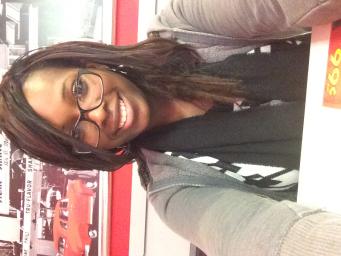Case
Yelling out
If you are in front of the entire class trying to correct a pretest so that everyone knows what to do for the test, what do you do if you have one student who is just yelling out all of the answers, sometimes before you even ask the question and the rest of the class is sitting there bored out of their minds. You don't want to ask the student not to answer because he is the type of student who if you did that he would probably find some other way to be disruptive and then he wouldn't be paying attention at all. Plus, chances are that if he were not yelling out the answers, no one else would have.
Solution #1
I would review the class rules and how we act in a classroom setting with our peers, and teachers. You can never review the class rules enough.
It does not hurt to always reference the rules.
Solution #2
Solution #3
Solution #4
I would say to the student I like the way your are answering the questions, but I would like to hear form the other students as well. I would use a tatic such as, when I call your name answer the question. I have also seen reminder signs (for younger students) called "Blurt Alerts" when a student calls out the sign is held up as a reminder to raise a hand or wait for a turn. This was used for a younger class and the reminder worked as a visual for the student to follow. A smaller "Blurt Alert card can be made to give to the student as a visual reminder to wait his/her turn. Another object can also be used a"turn taking" stick or small ball. This may be also helpful for students that need visual reminders.
Good idea, I would maybe also add a way to determine who is next. Go through in order of where they are sitting or by their name and have each individual one answer. So that there is no confusion on who is next.
I will utilize this information once I become a teacher.
